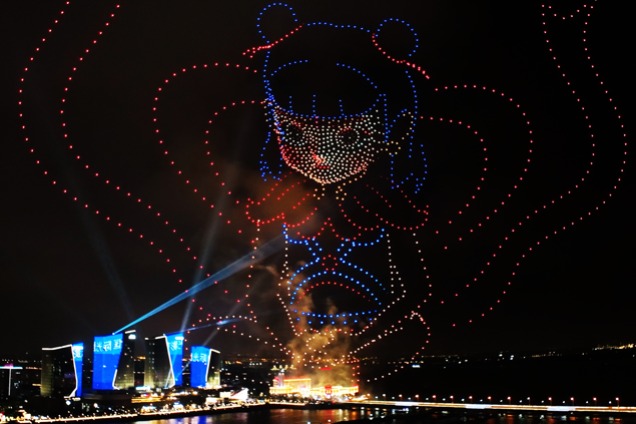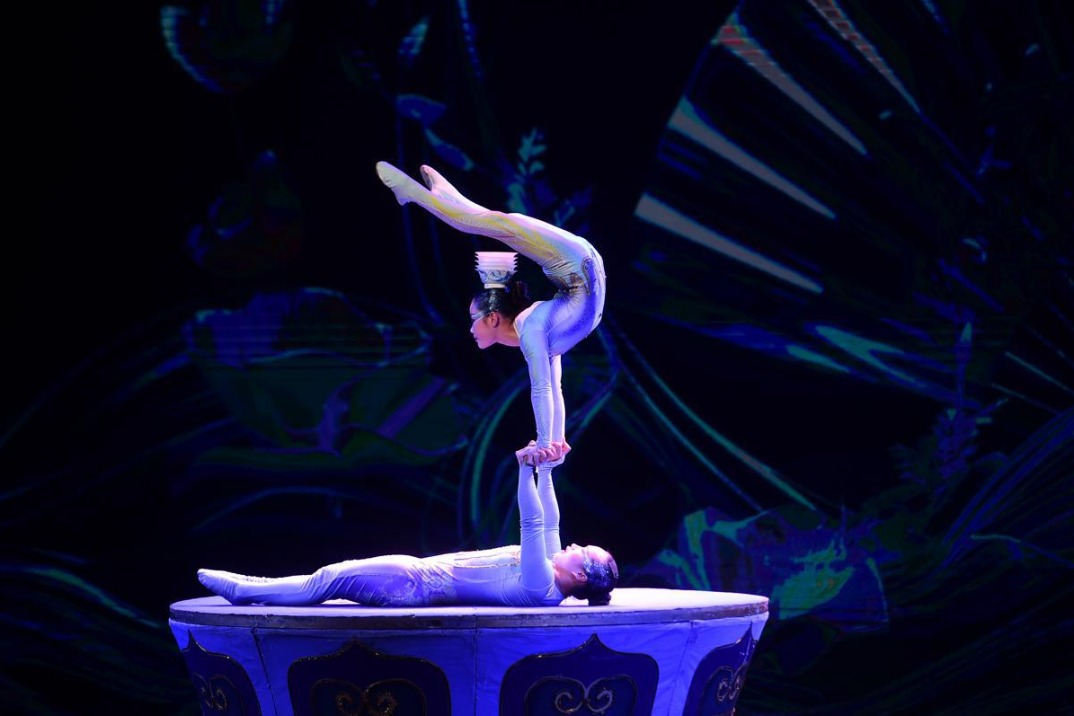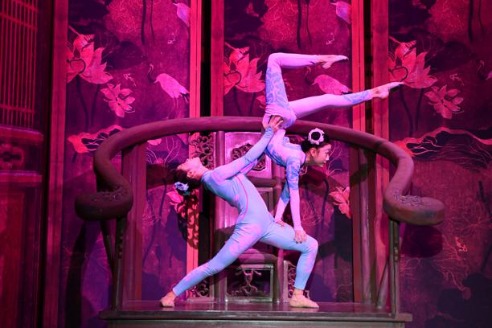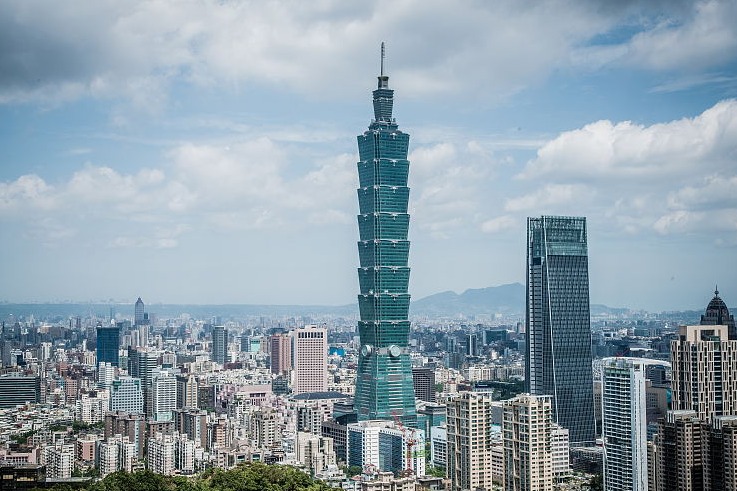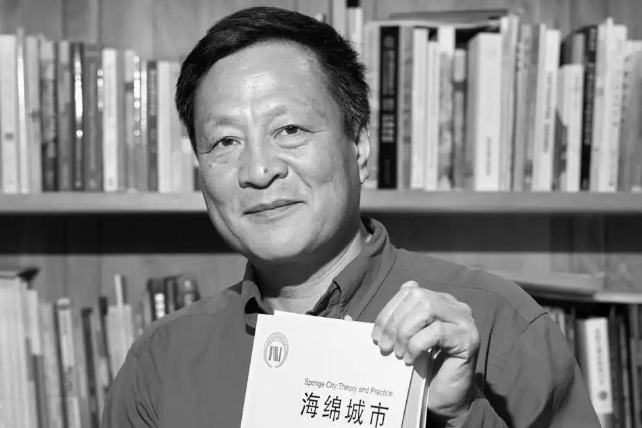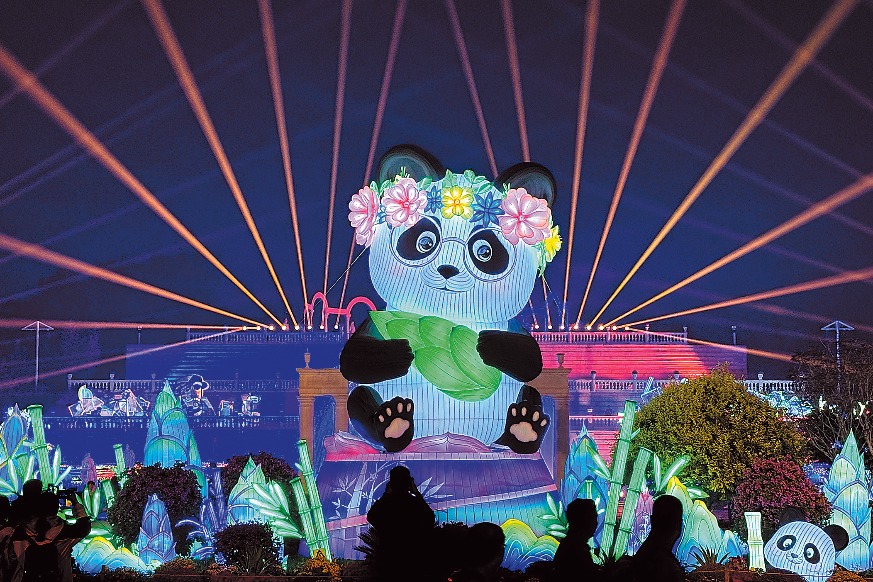For museum owner, it's all about collecting memories

Largest private foundation in China is also home to country's most famous pig

Fan Jianchuan lives a simple life.
In summer, the 64-year-old dons an inexpensive, dark green T-shirt and a pair of simple sandals and can often be found enjoying his favorite dish, noodles with bean sauce and green vegetables.
Fan is the owner and curator of the Jianchuan Museum Cluster in Anren town, Dayi county in Southwest China's Sichuan province, and all his friends know that he has dedicated everything to his museums.
Despite this, he has signed an agreement with the Chengdu city government to donate the cluster of 32 museums to it. As Sichuan's provincial capital, Chengdu is responsible for the administration of Dayi.
The cluster, which was set up by the former soldier, real estate billionaire and former vice-mayor of Yibin city in Sichuan, first opened to the public in 2005 and has received more than 20 million visitors since.
For years, it was Fan's career and his life, so much so that he jokingly calls himself a "slave" to his museums.
"People need someone to sound the alarm, and remind them of their history, and I've always wanted to be that bell ringer," he says.
Fan spent 19 years building the cluster, which covers 33 hectares, and traveled all over the world collecting the exhibits. Some are as small as a bracelet or a seal, others as large as a 10-metric-ton blockhouse of Japanese troops when they invaded China.
His dedication paid off, and the cluster now owns over 10 million objects, although less than 1 percent are on display due to reasons of space.
Among the most popular exhibits are those related to the War of Resistance Against Japanese Aggression (1931-45), the "cultural revolution" (1966-76) and the Wenchuan Earthquake of 2008.
The cluster is China's largest private museum. It contains the nation's richest collection of memorabilia, and receives the largest private investment. Its theme, "for peace, collect war; for the future, collect lessons; for peace, collect disaster; for inheritance, collect folk customs", may be somewhat unwieldy, but the message behind it is clear: never forget.
Some of the museums are visual statements in themselves. The Prisoners of War Museum, for example, is built to resemble a prison. A sliver of light streams in from a window set high in bleak, gray walls, illuminating an interior divided into cells by bars. Lining the walls are stark images of Japanese atrocities against Chinese prisoners. The result is deeply moving, as are the letters, artifacts and uniforms on display.
Shaken, visitors exit through barred gates to find themselves walking beside a peaceful pond. On one wall is a plaque bearing the smiling photo of a former prisoner of war, a reminder that war is about the sacrifice of individuals.
Among the exhibits dealing with the Wenchuan Earthquake, Strong Pig is one of the most impressive.
The strongest earthquake since the founding of the People's Republic of China in 1949, the disaster hit 10 provinces and left 69,226 dead and 17,923 missing.
- Half a century of friendship: China's role in shaping Bangladesh's talents
- International Circus Festival brings top performers to Cangzhou
- Tianwen 2 spacecraft halfway to target asteroid
- Vibrant China during holiday: Hitting the road
- International Cartoon and Illustration Exhibition on a Community with a Shared Future for Humanity 2025 Announcement
- Bringing revolutionary history back to life
















